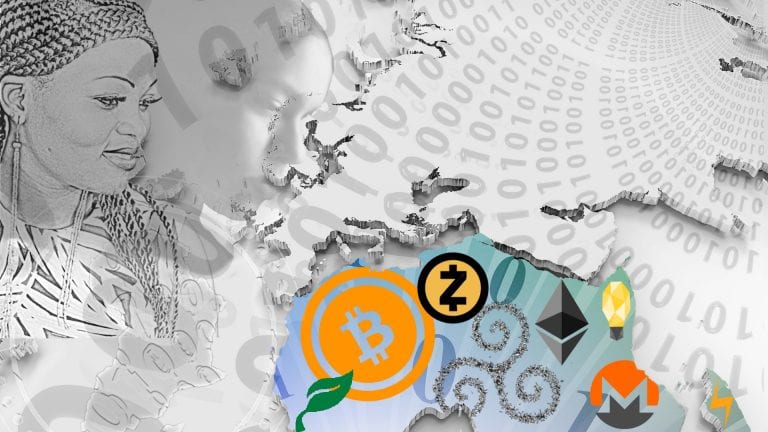A proposed national biometric identity program in Kenya has incited criticism from privacy and digital rights advocates, prompting a temporary suspension from the nation’s high court. The program, called the National Integrated Management System (NIMS), calls for national identification cards. That requirement may be too onerous for millions of people in Kenya who face prohibitive barriers to obtaining such an ID, civil rights groups argue. The program is new, but many of the concerns it raises are old. For decades, many Kenyans found themselves excluded, whether de jure or de facto, from the national ID system. These exclusions perpetuate the disenfranchisement of millions, and risk being reified by NIMS.
By contrast to NIMS, novel digital identity solutions could provide a means of enabling access to critical goods and services without an official form of ID. The International Federation of the Red Cross (IFRC) in Kenya is piloting identity tools that could improve access to financial services while preserving the privacy of the user, security, and control of information. A drought was a catalyst to the solution.
In May 2018, Kenya suffered a major drought. Spotty access to national identification slowed the provision of relief to affected communities. In Kenya, roughly 10 percent of eligible adults have no form of officially recognized ID. IFRC was operating in Isiolo County (pdf), where roughly 25 percent of the people who could claim relief aid did not have official ID.
For one in seven people worldwide who live without any form of recognized ID, regulation can be an insurmountable barrier to entry into the digital economy.
Kenyans are not alone in their lack of official identity. Globally, about one in seven people live without any form of recognized ID. For them, regulation can be an insurmountable barrier to entry into a rapidly burgeoning digital economy. Worldwide, digital payments are growing at roughly 12.7 percent annually and are forecasted to reach (USD) $726 billion by 2020. By 2022, roughly 60 percent of GDP will digitize (pdf). Regulatory requirements set by the Financial Action Task Force (FATF), including Know Your Customer (KYC) requirements, dictate that banks establish trust (pdf) in attested identity before enabling a user to transact. Those who lack official ID find it difficult, even impossible, to use financial and other critical services.
In order to close the identification gap in Isiolo County, IFRC worked with a provider to develop a novel digital identity solution (pdf). Cash disbursement is quickly becoming a dominant modality of aid distribution, and IFRC is attempting to develop a secure system to enable access to funds while preserving the privacy of the beneficiary.
Digital identity solutions can put the user in charge of managing their own information.
IFRC piloted a prototype of its digital identity solution in partnership with the Kenya Red Cross Society (KRCS) to disburse cash assistance to drought victims. The program, which provided relief to over 2000 households, serves as proof of concept of a novel digital identity solution built by partner provider Red Rose as a tool that could provide financial services to individuals without any form of legally recognized identification.
Put simply, a digital identity is an electronic means used to prove a person’s identity at various levels of assurance. By collating several identity attributes, or credentials, individuals without a government ID can, in some instances, access critical goods and services. Furthermore, unlike traditional data management systems, digital identity solutions can put the user in charge of managing their own information, creating a single locus of control (pdf) that can result in greater digital rights for the individual, and greater efficiency for organizations. Properly implemented, digital identity has the potential to improve the reliability, security, privacy, convenience, and efficiency of identifying individuals across several sectors.
A confluence of trends, including the development of low-cost biometric devices for unique authentication and vast mobile penetration rates throughout the developing world, make the expansion of novel digital identity solutions, like that piloted in Kenya, possible.
The misuse of information, especially when that information describes some of the world’s most vulnerable populations, could be disastrous.
Just as digital identity could offer benefits, it also poses risks. The misuse of information, especially when that information describes some of the world’s most vulnerable populations, could be disastrous. Thus, the novel digital identity solution piloted by the International Federation of the Red Cross (IFRC) in Kenya, if properly implemented, could expand access to financial services while preserving user privacy, security, and control of information.
Though nascent, these kinds of solutions could be a way forward for the roughly 1 billion people without an officially recognized ID.
About the Author
Aiden Slavin is a policy advisor focusing on issues at the intersection of technology and development. As Chief of Staff with ID2020, he supports strategy and operations for the global non-profit alliance focused on improving lives through digital identity. He also consults with a number of organizations including the IFRC, Open Society Foundations, and the US Institute of Peace. He has published widely across academic journals and is a regular contributor on issues of privacy and data protection.

